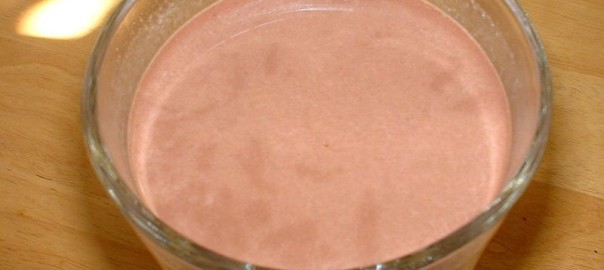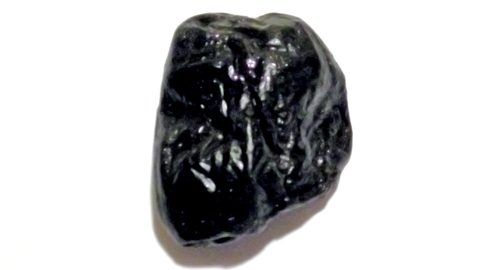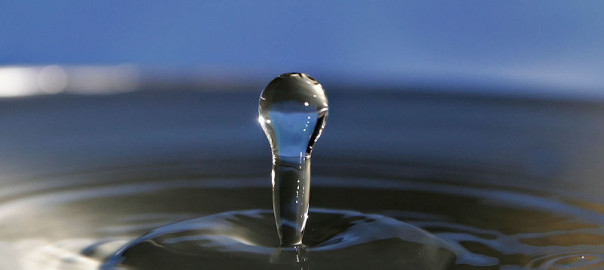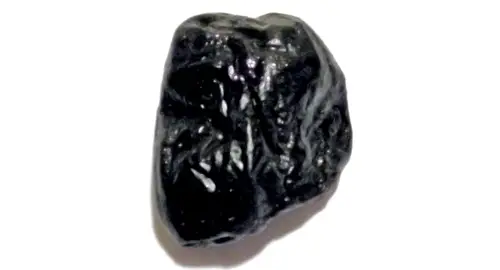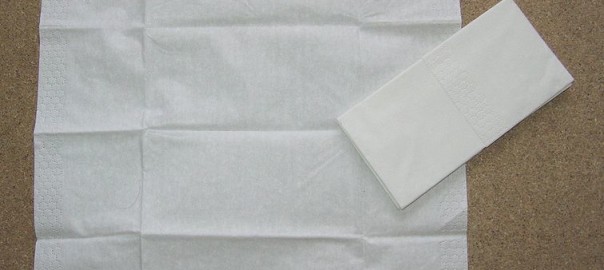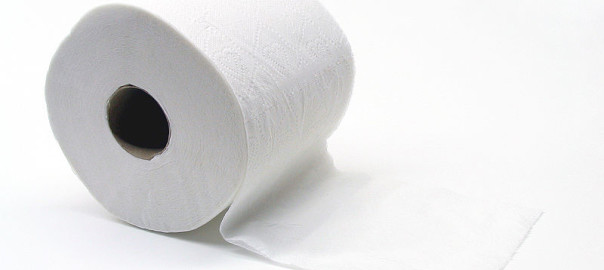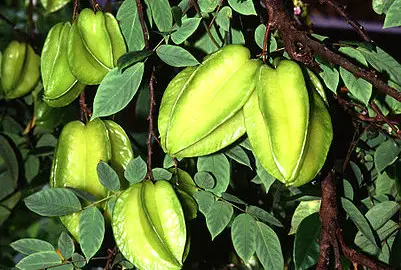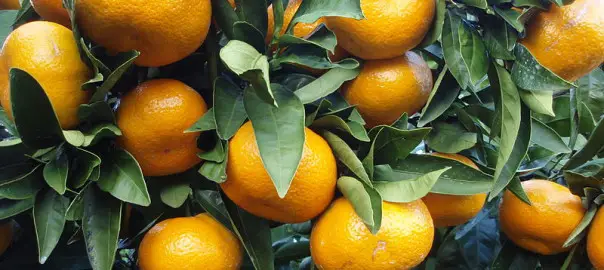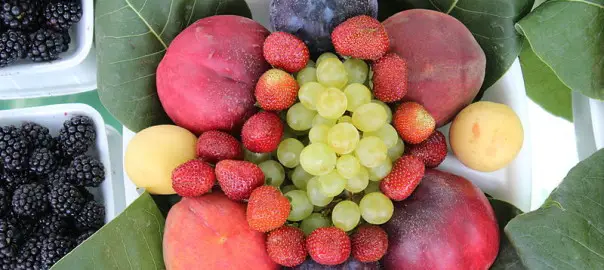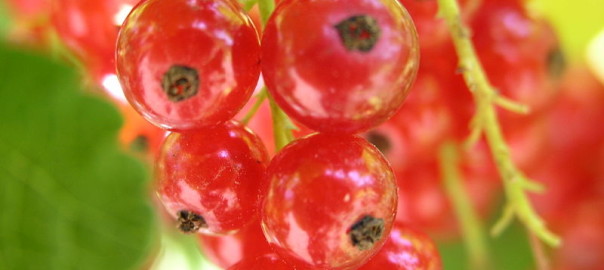Fruits are great addition to a guinea pig’s diet. They may not be able to be eaten as regularly as vegetables on the whole, but their vitamin c content is a welcome addition to their diet.
So what fruits can guinea pigs eat?
What Fruits Can Guinea Pigs Eat?
We’ve reviewed pretty much all of them that we can and so here is a list of all the fruits that guinea pigs can eat and how often they can be eaten.
Not all fruits are the same and so require discretion as to how often you feed it to them.
Fruits by their nature are quite sweet and acidic, so you may find me repeating myself a lot. But their vitamin c content does vary from fruit to fruit.
So here goes;
Apple – They can be eaten 1-2 times a week in small pieces. Quite acidic and sugary. Low vitamin c.
Apricot – They can be eaten 1-2 times a week in small pieces. Quite acidic though.
Avocado – They can be eaten once a week due to their acidic content. Low in vitamin c.
Banana – Once a week in small amounts, high in sugar and acids. Moderate vitamin c.
Breadfruit – Once a week in small amounts, high in sugar and acids. Very good amounts of vitamin c.
Bilberry – Small amounts once a week due to sugar and acidic content. High vitamin c content.
Blackberry – Two to three times a week in small amounts. Very good amounts of vitamin c.
Blackcurrant – Can be eaten once a week in small amounts but have an extraordinary amount of vitamin c in them.
Blood Orange – One to two times a week at the most.
Blueberry – Can be eaten twice a week in small amounts. Very good amounts of vitamin c.
Boysenberry – Can be eaten two to three times a week in small amounts. Good amounts of vitamin c.
Cantaloupe – Once a week in small amounts, due to sweetness. Nice amounts of vitamin c.
Clementine – Once or twice a week as they are quite sweet and acidic. Lots of vitamin c
Currant – Not good at all. A few times a month at most.
Cherry – Twice to three times a week.
Cherimoya – Once to twice a week due to sweetness. Contains a healthy amount of vitamin c.
Cloudberry – Three to four times a week. A ton of vitamin c in them.
Coconut – One to avoid
Cranberry – Two to three times a week, and a nice amount of vitamin c in them.
Cucumber – One to two times a week, low in vitamin c and high in water.
Damson – One to avoid.
Date – One to avoid
Dragonfruit – Once a week, in small amounts. Have a huge amount of vitamin c.
Durian – Once a week, but quite acidic. Lots of vitamin c.
Elderberry – Two to three times a week. Contain a lot of good vitamin c.
Feijoa – Every three to four days, have a good amount of vitamin c.
Fig – Once a week. Pretty high in sugar, not much vitamin c.
Goji berry – Once or twice a week, contain a nice amount of vitamin c.
Gooseberry – Only once a week as they’re quite acidic. But have a good amount of vitamin c in them.
Grape – Two to three times a week.
Grapefruit – One to avoid
Guava – One to two times a week. Have a huge amount of vitamin c in them.
Huckleberry – Two to three times a week will suffice.
Honeydew – Once a week as too much bad stuff for piggies.
Jackfruit – One to avoid
Jujube – Two to three times a week. A nice amount of vitamin c in them.
Kiwi fruit – Once a week as really sweet, but have a ton of vitamin c in them.
Kumquat – One to avoid
Lemon – One to avoid.
Lime – Once a week at the most, but very acidic.
Loquat – Once a week in small amounts. Have a nice amount of vitamin c in them.
Lychee – Once a week in small amounts as they are very sweet. Lots of vitamin c in them though.
Mandarin – Once or twice a week at the most.
Mango – Once a week in small amounts as they are sweet and acidic. Nice amount of vitamin c in them.
Melon – Once a week at the most as they are quite sweet. Nice amount of vitamin c.
Mulberry – Two to three times a week, and have a nice amount of vitamin c in them.
Nectarine – Once or twice a week at the most.
Olive – One to avoid
Orange – Once a week because of their sweetness and acidity.
Papaya – Quite sugary, but can be eaten twice to three times a week.
Passionfruit – One to avoid
Peach – Once a week at the most.
Pear – Once a week due to sweetness and acidity
Persimmon – Three to four times a week and they have a huge amount of vitamin c.
Physalis – Once or twice a week due to acidic content.
Plum – Once or twice a week due their acidic content.
Prune (dried plum) – One to avoid.
Pineapple – Once a week due to their sweetness and acidity.
Pomegranate – Once a week at the most.
Pomelo – One to two times a week.
Quince – Can be eaten twice a week
Raisin – A few once a week as they are high in sugar.
Raspberry – Can be eaten three to four times a week, and has a nice amount of vitamin c.
Rambutan – Twice to three times a week in small amounts.
Red Currant – Once or twice a week at the most.
Satsuma – Once or twice a week as with other types of oranges.
Star fruit – Two to three times a week at the most.
Strawberry – Three to four to five times a week. They are great for piggies
Tangerine – Once or twice a week.
Watermelon – Once a week because of their sweetness.
If you are looking for a resource to print out, guinea pig cages forum has this brilliant pdf that you can pin up on your fridge here
